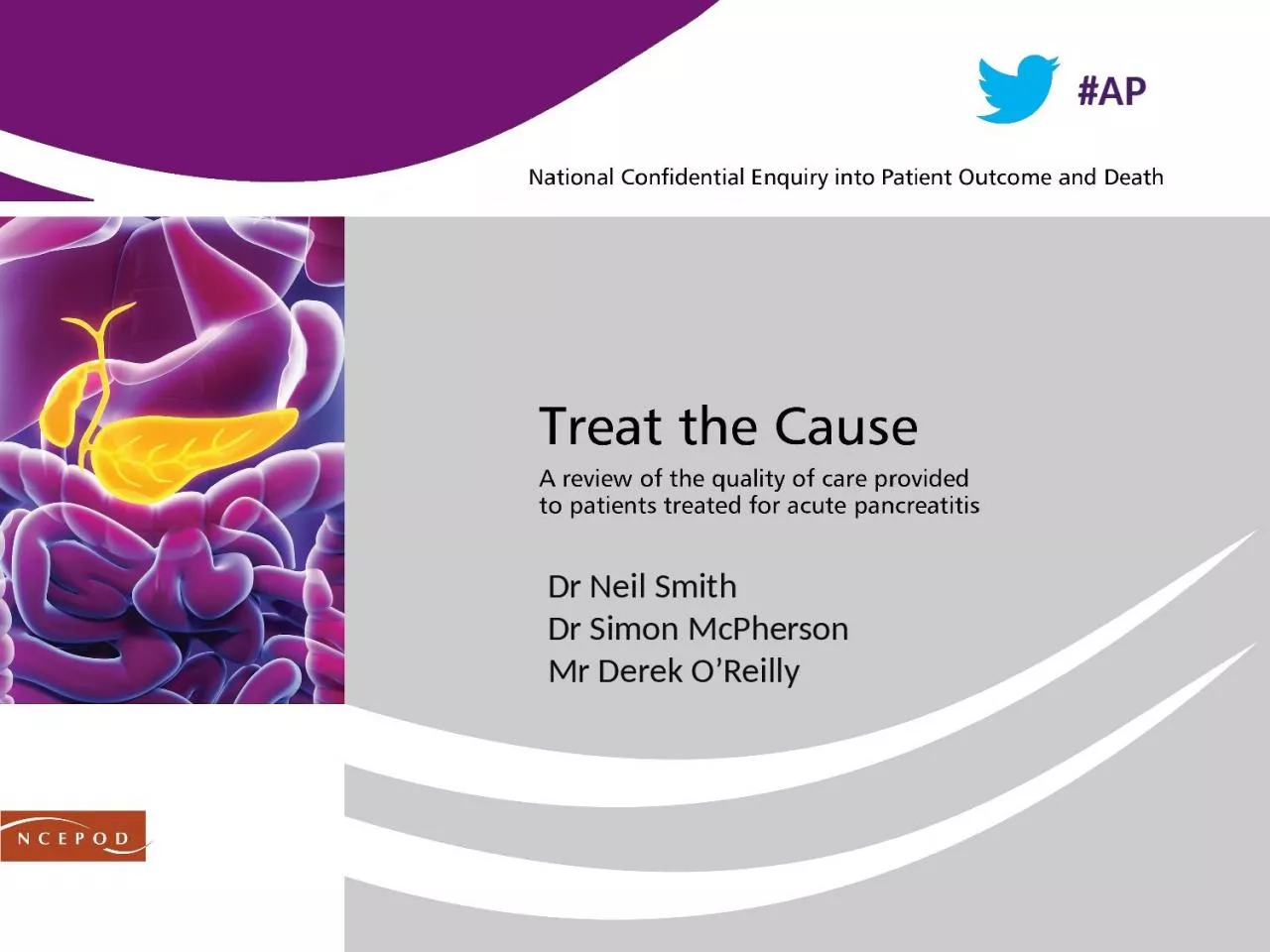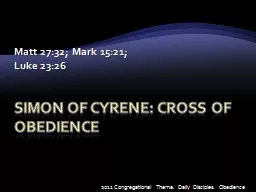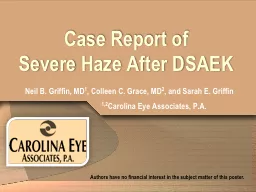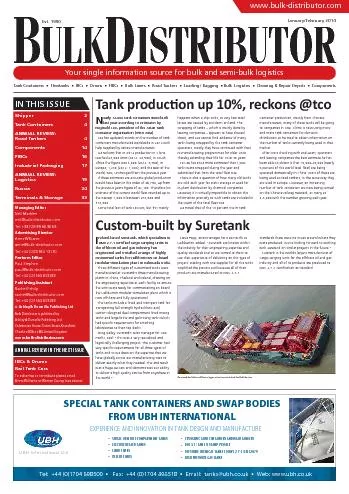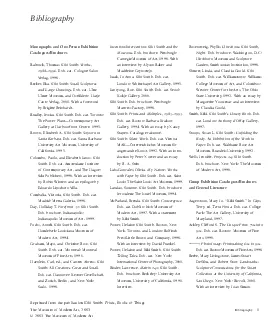PPT-Dr Neil Smith Dr Simon McPherson
Author : BabyDoll | Published Date : 2022-08-03
Mr Derek OReilly AP Acute pancreatitis Management crosses many specialties High mortality and morbidity Recurrent admissions Complex care and specialist input Varied
Presentation Embed Code
Download Presentation
Download Presentation The PPT/PDF document "Dr Neil Smith Dr Simon McPherson" is the property of its rightful owner. Permission is granted to download and print the materials on this website for personal, non-commercial use only, and to display it on your personal computer provided you do not modify the materials and that you retain all copyright notices contained in the materials. By downloading content from our website, you accept the terms of this agreement.
Dr Neil Smith Dr Simon McPherson: Transcript
Download Rules Of Document
"Dr Neil Smith Dr Simon McPherson"The content belongs to its owner. You may download and print it for personal use, without modification, and keep all copyright notices. By downloading, you agree to these terms.
Related Documents

